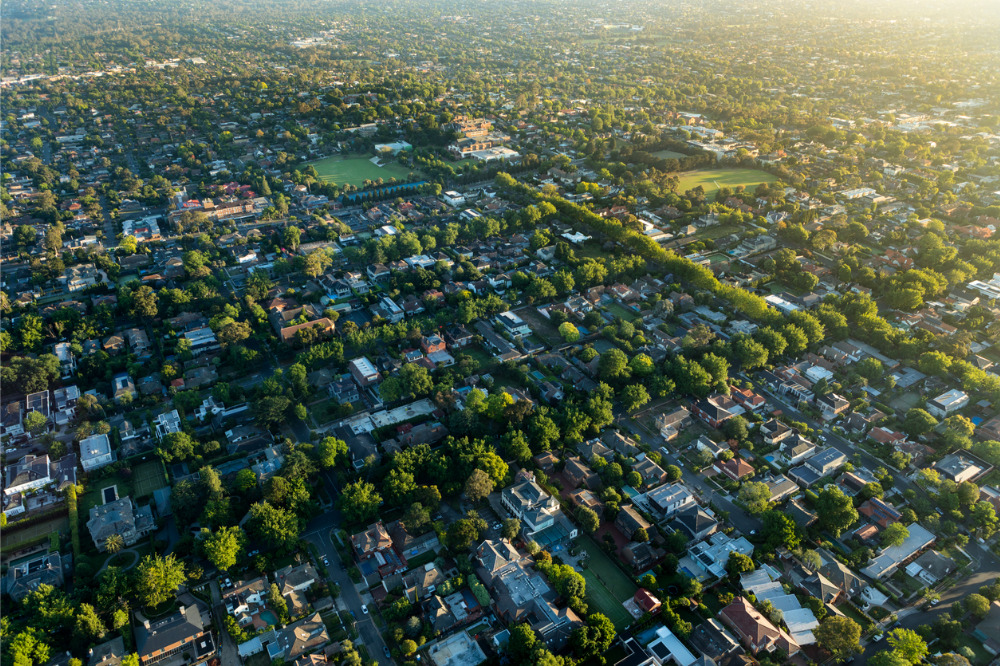Fresh data from S&P Global has revealed the Australian suburbs most at risk of defaulting on their home loans.
The research measured the weighted average of arrears more than 30 days past due on residential mortgage loans in publicly and privately rated Australian transactions.
The Northern Territory had the highest percentage of mortgage holders who were more than 30 days behind on payment, while a fringe suburb in Perth ranked first in terms of debt overdue to the bank, news.com.au reported.
According to S&P Global, the suburbs on the fringes of biggest cities were hit the hardest by rising mortgage repayments.
Of even more concern was that the research was conducted prior to the cash rate hikes by the Reserve Bank, which saw the OCR by 1.75 percentage points since May to the current 1.85%. This meant that the areas that made it to the list would be more at risk of defaulting on their loans now.
Topping the list of “worst performing postcodes” was the Perth suburb of Maddington, 20km from the city centre, where 4.67% of homeowners were in arrears as of early April.
This was closely followed by the NSW suburb of Dolls Point, in southern Sydney, where 4.33% of the mortgaged houses were behind in payments.
Another WA postcode, Byford, in Perth’s southeastern edge, made it to the list in third place, with an arrears percentage of 4.16%.
Western Australia had one more suburb on the list, Ballidu in the Central Midlands, while NSW had a total of four.
Also making it to the list were Bankstown and Castlereagh, from Sydney’s west and southwest, and Katoomba from the Blue Mountains, south of Sydney.
Victoria, Queensland, and South Australia each had one suburb on the list – Broadmeadows in Melbourne’s north, Barkly in Queensland’s Mount Isa region, and Hackham, an outer suburb of Adelaide, news.com.au reported.
Australians have been saddled with almost $16 billion in home loans.
A breakdown of each state showed that the Northern Territory lagged the most in mortgage repayments, at a rate of 1.75%; followed by Western Australia with 1.40%, as of April this year.
Some 0.87% of Victoria mortgage holders were in mortgage arrears, while NSW received a score of 0.85%. The ACT fared the best, with a 0.33% arrears rate.
Overall, the national average was 0.71% for Australia’s arrears rate, as of April, prior to the rate hikes.
The report noted that “the swift pace of interest rate rises will create debt-serviceability pressures for households with less liquidity buffers and higher leverage,” as it tipped higher arrears rate to show up in new monthly data sometime in the third quarter of this year, news.com.au reported.


